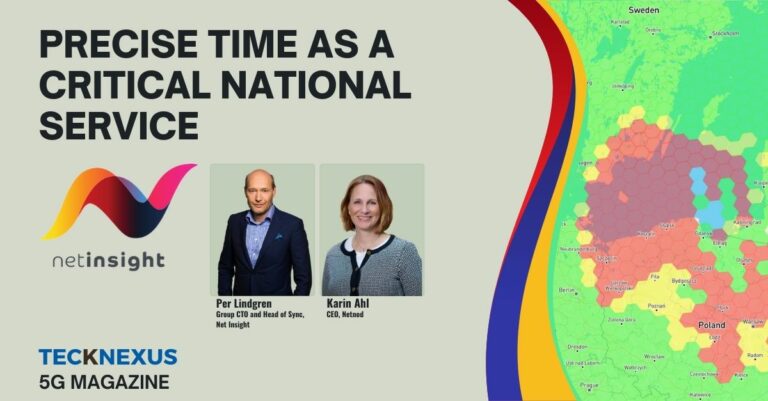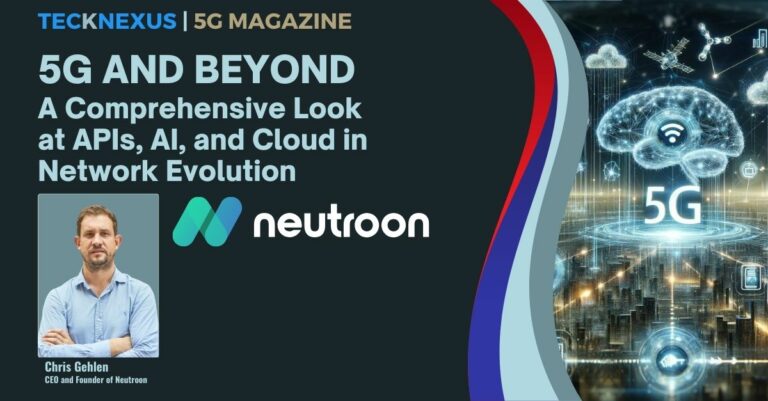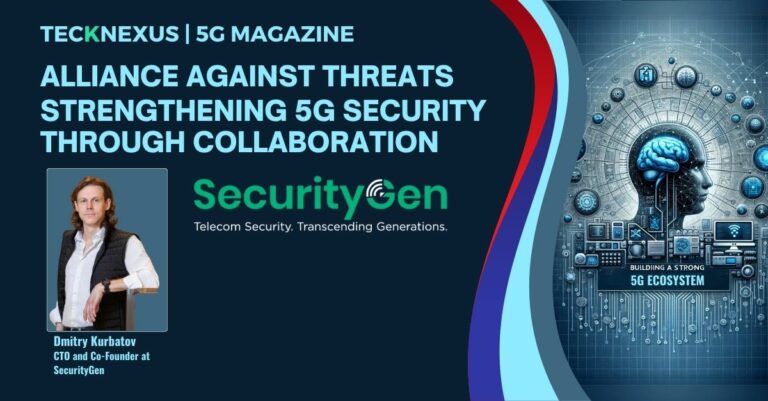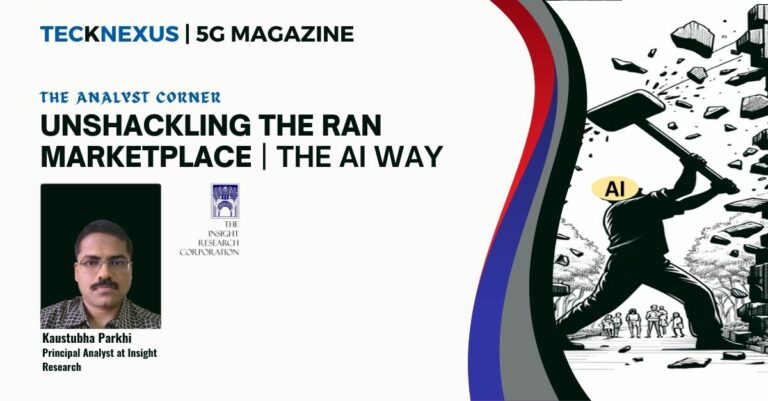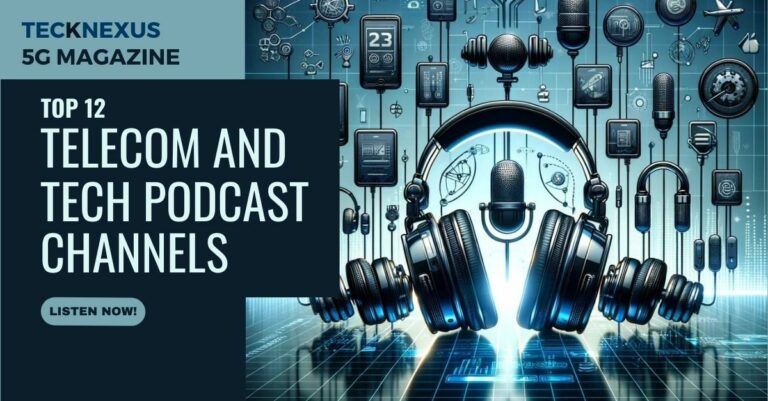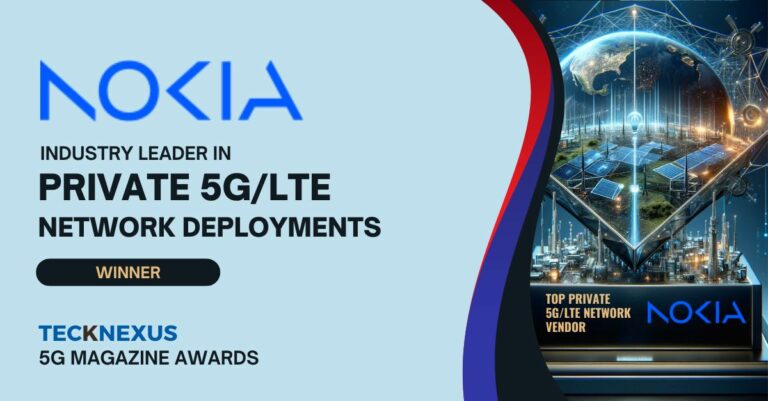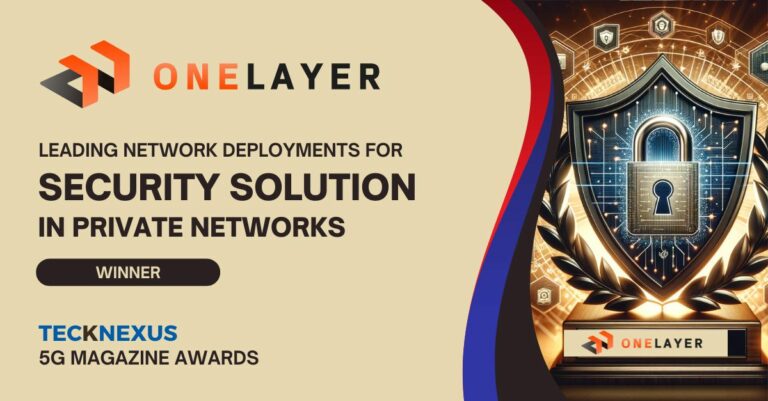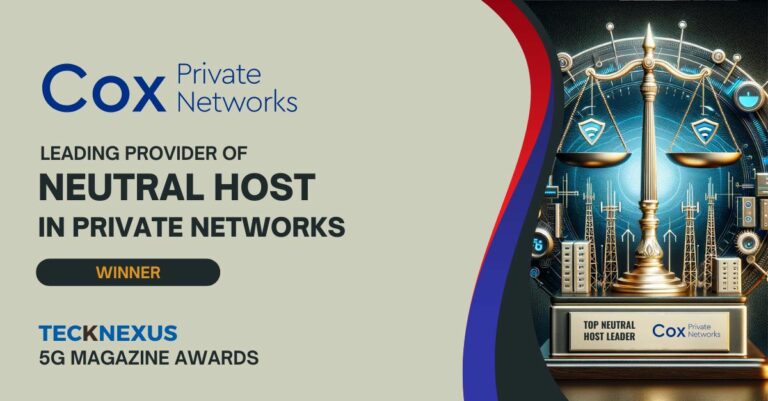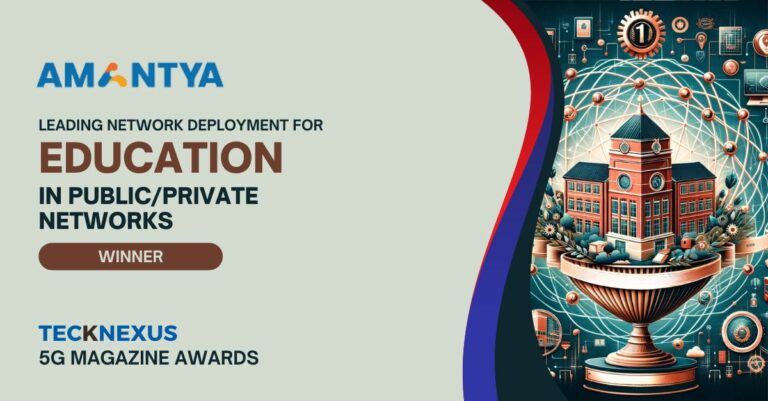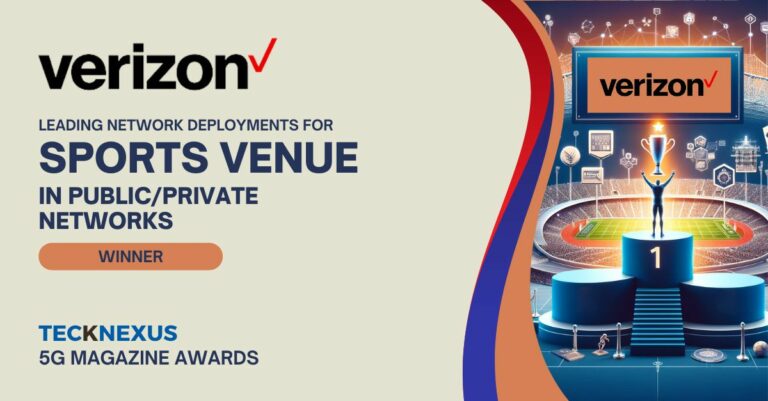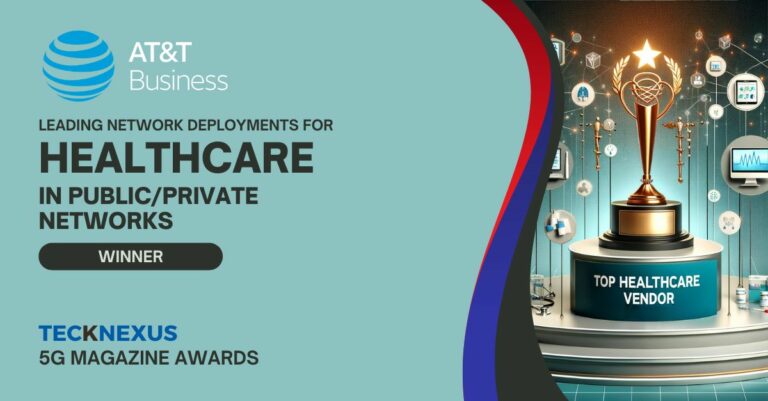Introduction
Connectivity is more than a convenience—it’s a lifeline— and so 5G technology emerges as a beacon of progress, offering unprecedented speeds and connectivity options. However, with great power comes great responsibility, especially in the realm of cybersecurity. The transition to 5G networks heralds a new era of challenges and opportunities in securing digital infrastructures against sophisticated cyber threats. Telecoms, now evolved into Digital Service Providers (DSPs), find themselves at the forefront of this battle, safeguarding the digital lifelines that subscribers, businesses, and government entities rely upon. This article explores the complex landscape of 5G network security, focusing on the essential roles, challenges, and strategic solutions vital for preserving our digital protection.
Chapter 1: The Evolving Role of Telecoms and 5G in Cybersecurity
Telecom companies are foundational to digital ecosystem, ensuring the uninterrupted global flow of information. However, as these entities morph into Digital Service Providers, their role in cybersecurity has significantly broadened. This expansion begs the question: Who is responsible for cybersecurity within this intricate network?
The response is layered and constantly evolving, mirroring the shared responsibility model seen in cloud security. This model is broken down into several key areas:
- Infrastructure Security: The primary responsibility of DSPs is to secure the infrastructure, both physical and network. This responsibility extends beyond tangible assets to include the services offered, prioritizing the safeguarding of their integrity, confidentiality, and availability.
- Customer Responsibilities: Customers also share in the responsibility, tasked with securing their devices and data. This means implementing adequate security measures for any device or system that connects to the DSP’s network, forming a comprehensive defense strategy.
- Advanced Security Services: There is an opportunity for DSPs to extend beyond basic security measures, offering additional, optional security services. These could include advanced network protection or complete security management solutions, potentially opening up new revenue streams and strategic advantages for DSPs.
This tiered approach to telecom security suggests that while basic protection should be standard, more sophisticated security services could be offered for a fee. Such a strategy not only bolsters overall security but also redefines cybersecurity as a strategic asset.
Integrating cybersecurity into their offerings allows DSPs to strike a balance between providing necessary services and offering enhanced protection for those willing to invest in it. Though this approach has its challenges, it also has the potential to shift the perception of cybersecurity from a cost to a value-added service. By addressing the security needs of their subscribers and the complex requirements of business customers, DSPs can explore new revenue opportunities, promoting further investment in robust cybersecurity measures.
The shifting role of telecoms in cybersecurity marks a crucial pivot in the digital landscape. As DSPs embrace this expanded role, the imperative for strategic, comprehensive cybersecurity measures has never been more urgent.
Chapter 2: Cybersecurity in an Evolving Telecom Ecosystem
As the telecom industry embraces broader roles, from data channels to cybersecurity guardians, the emergence of new connectivity models like Neutral Host Networks and Open RAN solutions introduces complex security challenges.
Connectivity solutions range from Neutral Host models to ambitious projects like Starlink’s Direct to Cell, showcasing the variety of infrastructure deployment and management challenges.
- Neutral Host Networks allow a third party to build network infrastructure, leased to Mobile Network Operators (MNOs), offering a cost-effective way to expand network coverage.
- Open RAN-Based Neutral Hosts enhance the neutral host model with Open RAN technology, allowing more flexible and economical network expansions.
- Collaborative Infrastructure Models aim to improve connectivity in hard-to-reach areas, highlighting the need for cooperation in closing connectivity gaps.
- Starlink’s Global Initiative seeks to provide LTE network coverage globally, promising unparalleled connectivity.
However, these advancements bring heightened cybersecurity risks, introducing new vulnerabilities and potential attack vectors.
- Expanded Threat Landscape: New technologies and shared infrastructure models complicate the network environment, increasing vulnerability to cybersecurity threats.
- Supply Chain Risks: Reliance on third-party vendors and shared infrastructures can introduce weaknesses, with interconnected networks heightening the risk of widespread compromises.
- Increased Damage Potential: The interconnected nature of telecom networks means that an attack on one area can have far-reaching effects, escalating the potential impact.
The LightBasin incident, in which a group of hackers infiltrated telecommunications operators to steal sensitive data, highlights the vulnerabilities in the telecom sector. This breach remained undetected for years, showcasing the stealth and persistence of cyber threats. There is a notable gap in security specifically tailored for cross-domain cybersecurity within the telecom sector. Relying solely on isolated security measures is insufficient in this new era of connectivity.
Chapter 3: Enhancing 5G Cyber-resilience
Currently, a significant portion of Mobile Network Operators lacks comprehensive security oversight, particularly in security monitoring of their network assets.
Many organizations struggle with gaining full insight into essential network components, such as the Home Subscriber Server (HSS) and the Mobility Management Entity (MME). Efforts to integrate these assets into Security Information and Event Management (SIEM) systems often cover only basic logging of security-related events. This approach falls short of providing a deep understanding and protection of the network.
The complexity of 5G‘s architecture is not just a technological challenge but also a significant hurdle for effective security management. This complexity underscores the intricate connections between network generations (2G to 5G) and multiple domains, including the core network, Radio Access Network (RAN), virtualization systems, and partners in the ecosystem.
Security Considerations
Given this complexity, questions arise about an MNO’s Security Operations Center (SOC) readiness:
- Can it detect unauthorized access through roaming partners?Are there systems in place to catch the registration of malicious network functions?
- Is it possible for attackers to circumvent security with home routing?
- How would an attack on the Service-Based Interface to steal credentials be handled?
These considerations stress the importance of a security strategy as sophisticated as the 5G infrastructure itself, focusing on identifying and anticipating vulnerabilities and attack vectors.
Addressing these challenges requires a holistic security stance that goes beyond traditional defenses. Understanding the threat landscape allows MNOs to strategically prioritize security efforts. Securing 5G infrastructure is a collective endeavor, needing industry collaboration and adherence to shared standards and practices. Moving to proactive and predictive security measures is crucial, adapting to the dynamic threats of the 5G era. The intertwined nature of 5G’s technology demands an integrated approach to cybersecurity, ensuring the telecom infrastructure’s resilience against emerging cyber threats.
Chapter 4: Building a Strong 5G Ecosystem: Leveraging Knowledge and Intelligence
In our journey to secure telecommunications, we’ve learned that protecting networks and reducing cyber risks demands not just action but foresight. We must evolve from the rigid systems of the past to embrace open, integrated technologies that unlock the full capabilities of modern Telecom and Information and Communication Technology (ICT) systems.
The challenge for cybersecurity professionals in the telecom sector goes beyond implementing security measures. It’s about intelligently prioritizing our efforts in a landscape that’s constantly changing. The simple, closed networks of yesterday have given way to complex systems that open up new vulnerabilities. Deciding where to start with cybersecurity can be daunting. As we face more sophisticated cyber threats, the importance of Telecom Threat Intelligence (TI) has never been clearer. TI encompasses knowledge about potential threats, tactics used by attackers, and forecasts of future threats. This intelligence is vital for understanding the unique challenges the telecom sector faces, a sector at the heart of global communication.
Resources like MITRE FiGHT and initiatives from ENISA and GSMA provide essential insights into threats specific to telecom. Making the most of this intelligence means constantly analyzing threats, updating security measures, refining policies, educating our teams, planning for incidents, and keeping a vigilant eye on our networks. It’s about turning information into actionable strategies that inform our defense tactics.
Conclusion: Securing 5G Together
The move to 5G technology marks a significant step forward in how we connect with the world around us. It’s not just about faster internet speeds; it’s about creating a network that can support the next generation of digital innovation. However, as we’ve seen, this new era also brings with it new challenges in cybersecurity. It’s crucial that we address these challenges head-on, ensuring that digital future is safe and secure.
Understanding the complexities of 5G and its cybersecurity implications is essential for everyone involved. We’ve talked about the need for a smarter approach to security, one that anticipates threats before they happen. This proactive stance is vital in a landscape where threats are constantly evolving.
The power of collaboration can’t be overstated. No single group can secure 5G alone. It requires a joint effort from telecom companies, tech firms, government agencies. By sharing knowledge, setting common standards, and working together, we can build a 5G network that isn’t just fast and reliable, but also safe.
As we look to the future, let’s keep in mind the importance of staying informed and engaged with the latest in cybersecurity. This means not only implementing the right security measures but also ensuring that everyone knows how to use this technology safely.
In wrapping up, the shift to 5G is an exciting development that promises to bring many benefits. But with these benefits come responsibilities, particularly in the area of cybersecurity. By adopting a forward-thinking, collaborative approach to security, we can embrace the potential of 5G with confidence.




